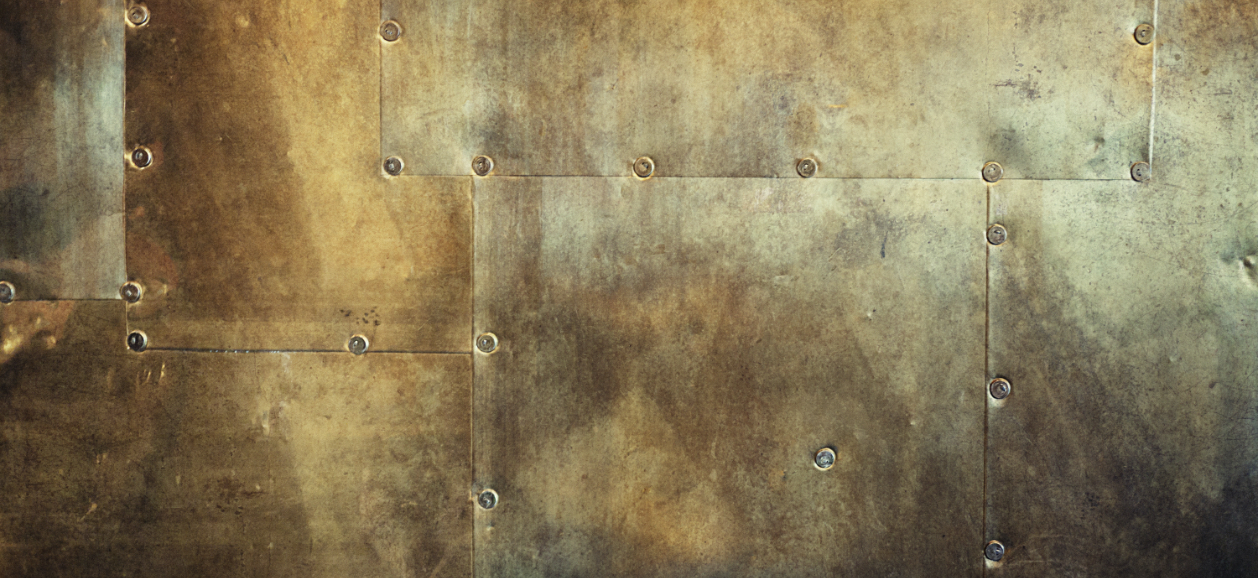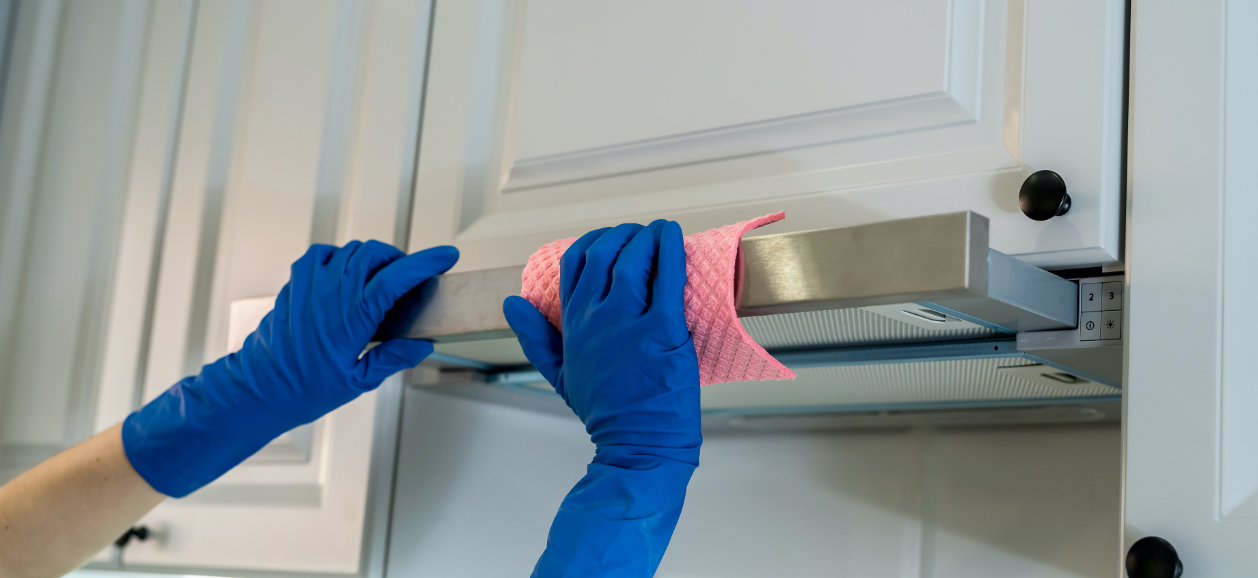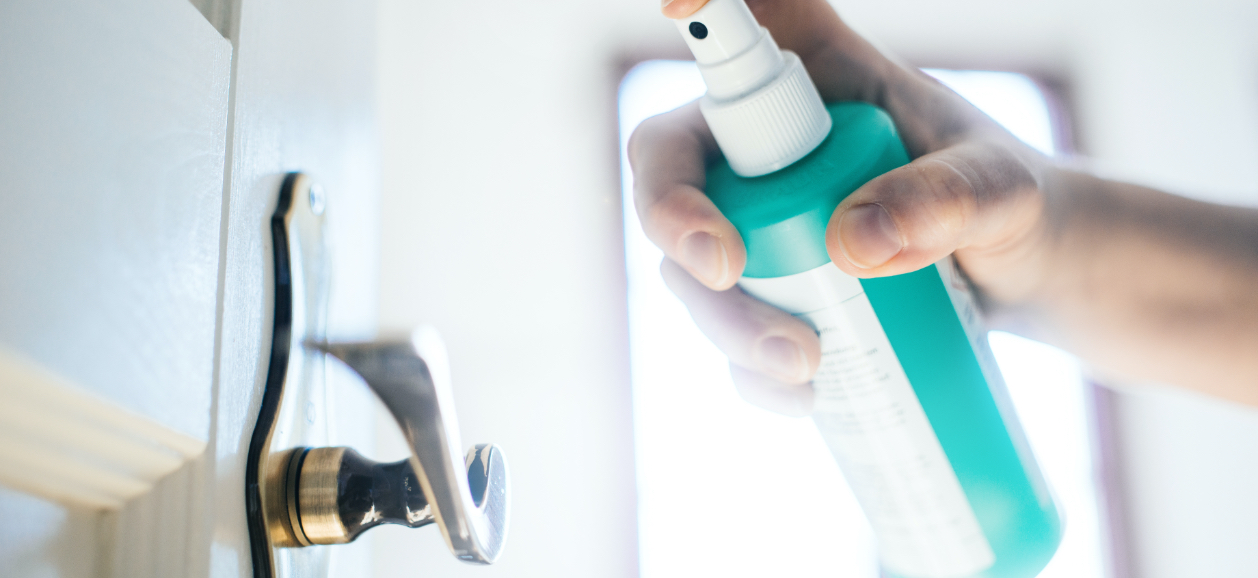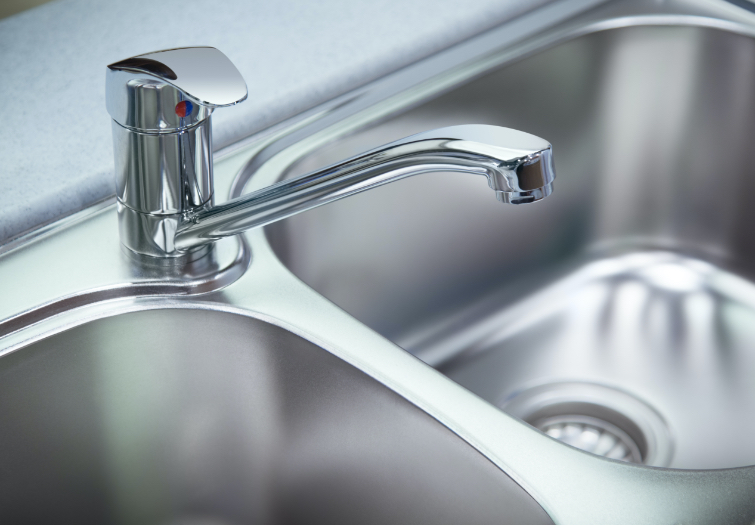As the cold winter months arrive, many of us will be spending more time in and around the home meaning you may have more time on your hands to take care of neglected home improvement tasks. Maybe you’ve noticed that the metalwork around your home and garden looks like it needs some TLC and brightening up - it’s time to get that metalwork sparkling again!
What is tarnish?
Tarnish is an issue that happens to many types of metal, including brass, aluminium, steel, silver and copper. It is a thin layer of corrosion caused by the very outer layer reacting with elements in the air or from the skin. You might notice that brass handles become tarnished by use, or that a steel climbing frame gets a grubby patina. The metal could look dirty with a black, grey or light orange surface. These are all types of tarnish, and it’s easy to deal with in most cases.
Tarnishing of metal items can happen both indoors and outdoors, and there are various ways to treat and combat it. Remember that while many metals are likely to suffer from tarnishing, removing it can differ between the types. The experts here at The Metal Store can advise on how to treat and prevent tarnish so your metalwork is gleaming once again.

How to remove and treat tarnish
First, make sure you know exactly what metal it is that you’re preparing to treat for tarnish. If you’re unsure or are struggling to tell the difference, look for an all-purpose remover so you don’t end up corroding your metalwork or damaging it further.
There are many types of metal cleaner available commercially that do a great job of removing tarnish, but always use a very small amount and work it into the metal with a soft cloth, wiping down with a clean cloth afterwards. Try and avoid stiff brushes or abrasive cloths as you may scratch the metal surface.
Tarnish removers can be harsh on metal so a ‘less is more’ approach is a good way to go about it. You can also use DIY recipes of baking powder, diluted vinegar, or lemon if you prefer, but bear in mind these can be just as strong as using a commercial product.
The same methods for removing tarnish apply for metals in the home and the garden, although bear in mind that tarnishing on metal found outdoors may be tougher and require more elbow grease or multiple applications to get it off! Metalwork outside is likely to be galvanised (such as galvanised tubes), which means they are dipped in molten zinc to help prevent tarnish and corrosion, but it’s still good practice to keep your metalwork clean and treated.
It’s important to bear in mind that when you clean and remove tarnish from an item, you are removing a very tiny layer of the actual metalwork. While no one wants to see their favourite silverware black and grimy, be aware that over time you will be removing layers of the metal, and if you have delicate engravings or hallmarks these can potentially be affected. Clean tarnish as necessary and use a prevention method where possible to avoid over-polishing.

How to prevent tarnish
For outdoor metalwork, your best option to prevent tarnishing is to apply a protective coat. There are many products on the market that seal and protect metalwork designed to help resist wet and damp, often the culprits of causing tarnish outside.
You can choose from clear coats or paints that will help protect metals from rust and tarnishing. For example, if the affected item is a metal patio set, this can be painted and treated with metal paints to protect it from tarnish, rust and corrosion. You should also consider if you could store outdoor items over winter to protect them from the worst of the weather. Items that can’t be moved or need to be outside, like clamps or tools for projects and builds, can be treated with protective coats and oils.
For items in the home, such as doorknobs and handles, stair rails, pipes, tubes, and push plates, once the tarnish is removed, you can help prevent it in future by regularly cleaning the items with ordinary furniture polish and soft cloths. If you want an added layer of protection, opt for a mineral oil or an oil designed for the specific metal (such as brass) and apply a light coat, buffing it into the metal.

Time to crack on and start removing all the tarnish you’ve suddenly spotted around your home and garden! If you find that some of your metalwork is beyond saving, The Metal Store have plenty of products to choose from that can help.
